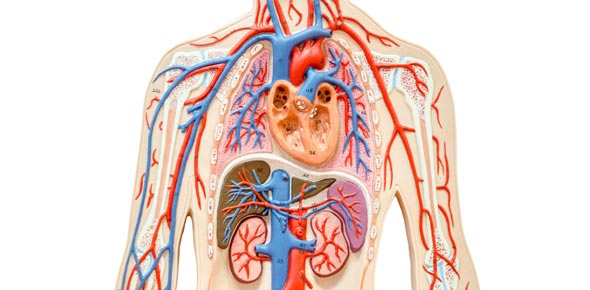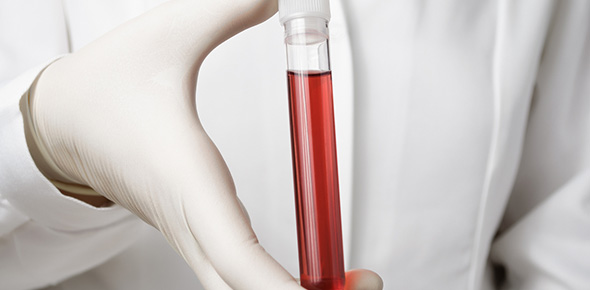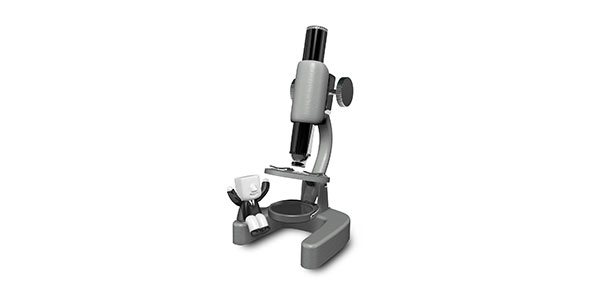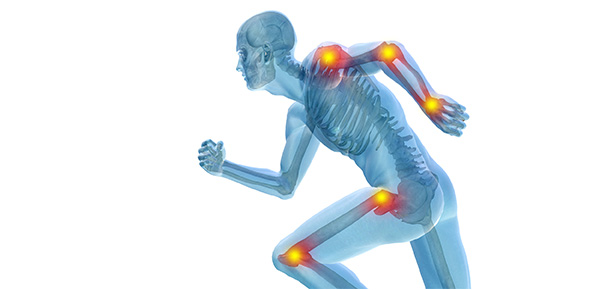Related Flashcards
Related Topics
Cards In This Set
| Front | Back |
|
Blood pumping in heart (process)
|
Diastole(ventricle relaxed)
1. isovolumetric relaxation
-ventricles relaxed
-BOTH VALVES CLOSED
2/3. ventricular filling
-passive filling of ventricles form atria
-AV OPEN
-atria pressure > ventricle pressure
-semi lunar closed ( arterial P > ventricle P)
4. atrial contraction
-atria contract = tops off ventricle
-VENTRICLE STILL RELAXED
-SEMI LUNAR CLOSED: AV VALVE OPEN
SYSTOLE BEGINS(ventricles contract)
5. isovolumetric contraction
-ventricle 'contracts' but only generates tension and increased pressure
-isometric movement =built up tension not contraction
-BOTH VALVES ARE CLOSED
-semi is closed since arterial P > ventricle P
6. ventricular ejection
ventricles fully contract
-blood pushed up into arteries to body parts
-SEMI LUNAR OPEN : AV CLOSED
-semi opens when ventricle P > arterial P
|
|
Sounds of heart occur at...
|
Lub = 1 = AV nodes close at "S' of QRS complex
dub = 2 = semilunar close at T wave
|
|
Ventricular volumes
EDV
ESV
SV
cardiac output
|
-know these
-end diastolic volume = 120mL
-end systolic volume = 50mL
-stroke volume = 120 - 50 = 70mL
-cardiac output = SV*HR
|
|
Atrial pressure : when is it high and low?
|
 -low = incomparison to ventricle when relaxed at 10mmHg -high at atrial systole(contraction) -high at ventricular contraction(back flow of pressure on AV node) -high during atrial filling(AV closed) |
|
Ventricular pressure: when is it high? low?
|
 High- -atrial systole (increase in ventricular P) -ventricular contraction = increased tension = P -ejection = peak of P low- -low when AV valves open |
|
Aortic pressure:
|
 Follows the peak of ventricular pressure (shape wise) peak = systolic pressure at 120mmHg when aortic P > ventricular P the SL valve closes -incisura occurs = backflow present against valve -pressure drops to 80mmHg(diastolic) |
|
Pressure volume curve
|
 Diastolic filling from A-C -slight pressure decrease due to ventricular relaxation = more space than current volume B-C = atrial contraction C-D = ventricular contraction (increase pressure) -aortic valve opens at D D-E = ventricular ejection (increase pressure loss of volume) 50-120mL and 20-120mmHg pressure aortic P = 80-120mmHg |
|
Preload drawing
|
Increased volume (right)
|
|
Afterload drawing
|
Decreased volume (moves right) and increased pressure
|
|
Contractility drawing
|
Increased pressure and volume (left)
|








